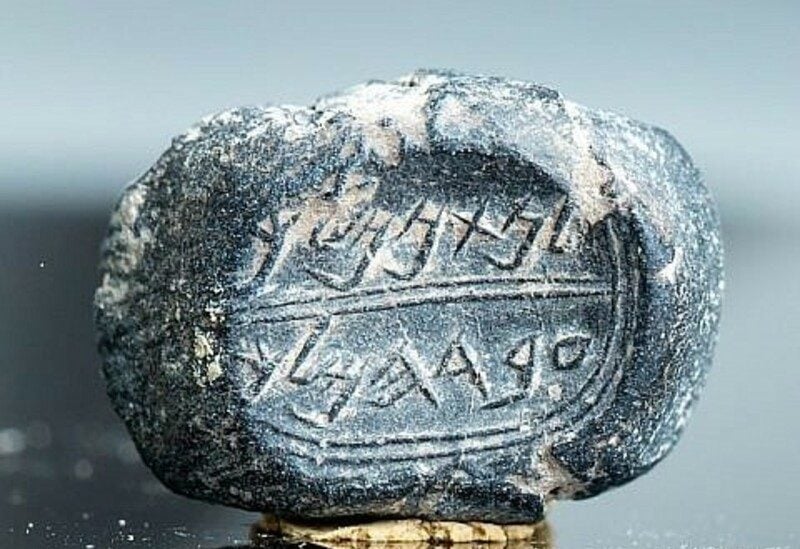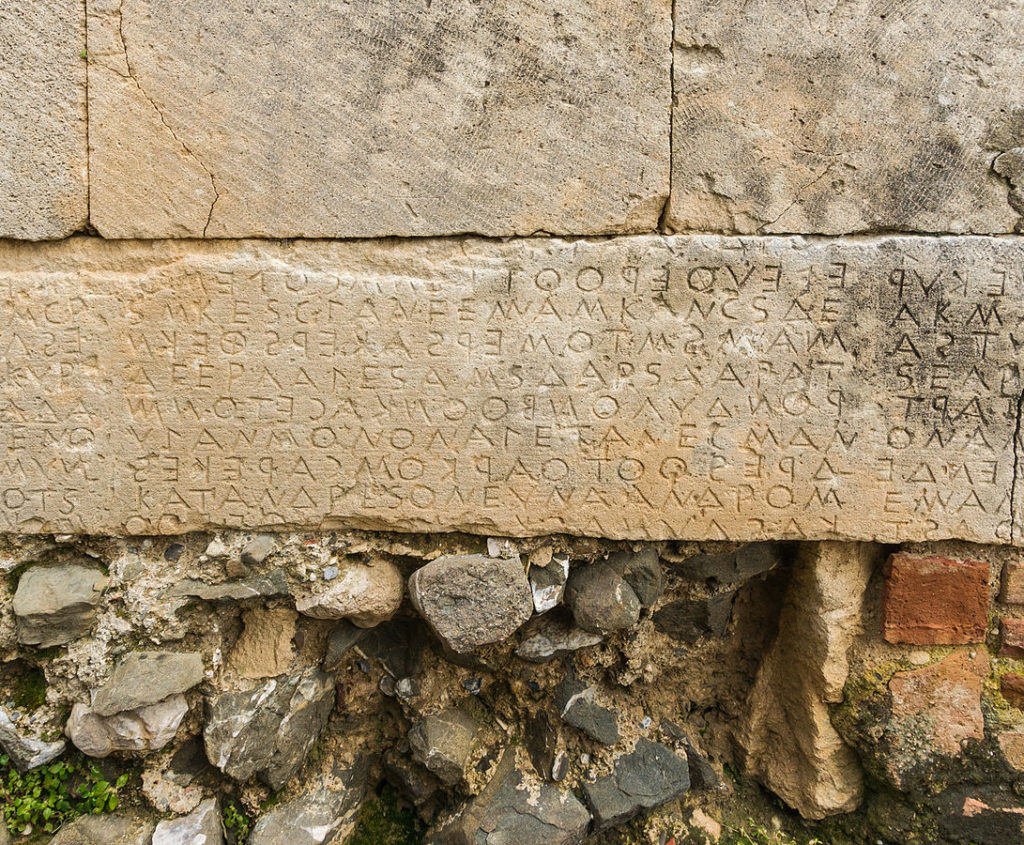
The Greek alphabet has a long and fascinating history. In fact, its origin goes right back to one of the very earliest writing systems in all of human civilization, Egyptian hieroglyphs. Part of that fascinating heritage involves a surprising connection to the Ancient Hebrew alphabet. What was this connection, and what were the similarities and differences between the Greek and Hebrew alphabets?
The origin of the Greek and Hebrew alphabets
One key point to note is that the Greek and Hebrew alphabets share an origin. According to Greek mythology, a Greek prince of Phoenicia named Cadmus brought the Phoenician script to Greece. There, the Greeks adopted it into what then became the Greek alphabet. Modern archaeology has confirmed this basic story, and this seems to have occurred after 900 BCE.
The Hebrew script existed side by side with the Phoenician script in the land of Canaan for many centuries. They were essentially the same alphabet but with minor regional variations. Both the Phoenician and Hebrew script evolved directly from the Proto-Sinaitic Script of the Middle Bronze Age and never experienced any major separation from each other.
Similarities between the Greek and Hebrew alphabets
The Modern Greek and Hebrew alphabets bear very little similarity to each other. However, that is just because they have both evolved considerably from their ancient forms. The Greek alphabet today has a very different appearance to the form it had in the earliest known inscriptions.
Likewise, the Hebrew alphabet changed considerably after the Jews were exiles in Babylon for seventy years from the late-seventh to mid-sixth centuries BCE. However, when we look at the very earliest Greek inscriptions and compare them to Hebrew inscriptions from the same era, their appearance is almost identical.
In addition to the appearance of the letters, the way in which the two languages were written was similar. Unlike Modern Greek, the early Ancient Greek alphabet was written right to left known as «επί τα λαιά» (Epi ta Laia). This is because that is how the Phoenician (and Hebrew) scripts were written. Therefore, in both style and the direction of writing, the Ancient Greek and Hebrew alphabets were almost identical.
Boustrophedon

However, the Greek alphabet did not continue being written in the same direction as the Hebrew script forever. Quite early on in its history, the Greeks changed how they used the alphabet. Rather than consistently writing from right to left, they developed a form of writing known as boustrophedon.
The word ‘boustrophedon’ comes from the words ‘bous’ (meaning ‘ox’) and ‘strophe’ (meaning ‘turn’) along with the suffix ‘don’ (meaning ‘in the manner of’). The word refers to the manner of an ox turning, that is, while it plows a field.
In this form of writing, the writer would go from right to left, and then when they started the next line, they would go from left to right. Essentially, they would go back on themselves underneath each successive line. In this way, it was like the route taken by an ox when plowing a field.
Differences between the Greek and Hebrew alphabets
Unlike Ancient Greek, the Ancient Hebrews never used a boustrophedon form of writing as standard, although there might be a few isolated examples. Over time, by about 500 BCE, the Ancient Greeks started writing their alphabet almost exclusively left to right, as we do today. This was thus a major difference between the two writing systems.
Another big difference between the Ancient Greek and Hebrew alphabets is the fact that Greek included vowels, whereas the Hebrew alphabet only had consonants. With the Hebrew alphabet, the reader would supply the necessary vowels based on his own knowledge of the word. There were also a few helpful rules that determined where a vowel was or was not permissible.
When the Greeks adopted the Phoenician alphabet, they modified it to include vowels. This made it a lot easier and much more versatile.
See all the latest news from Greece and the world at Greekreporter.com. Contact our newsroom to report an update or send your story, photos and videos. Follow GR on Google News and subscribe here to our daily email!



